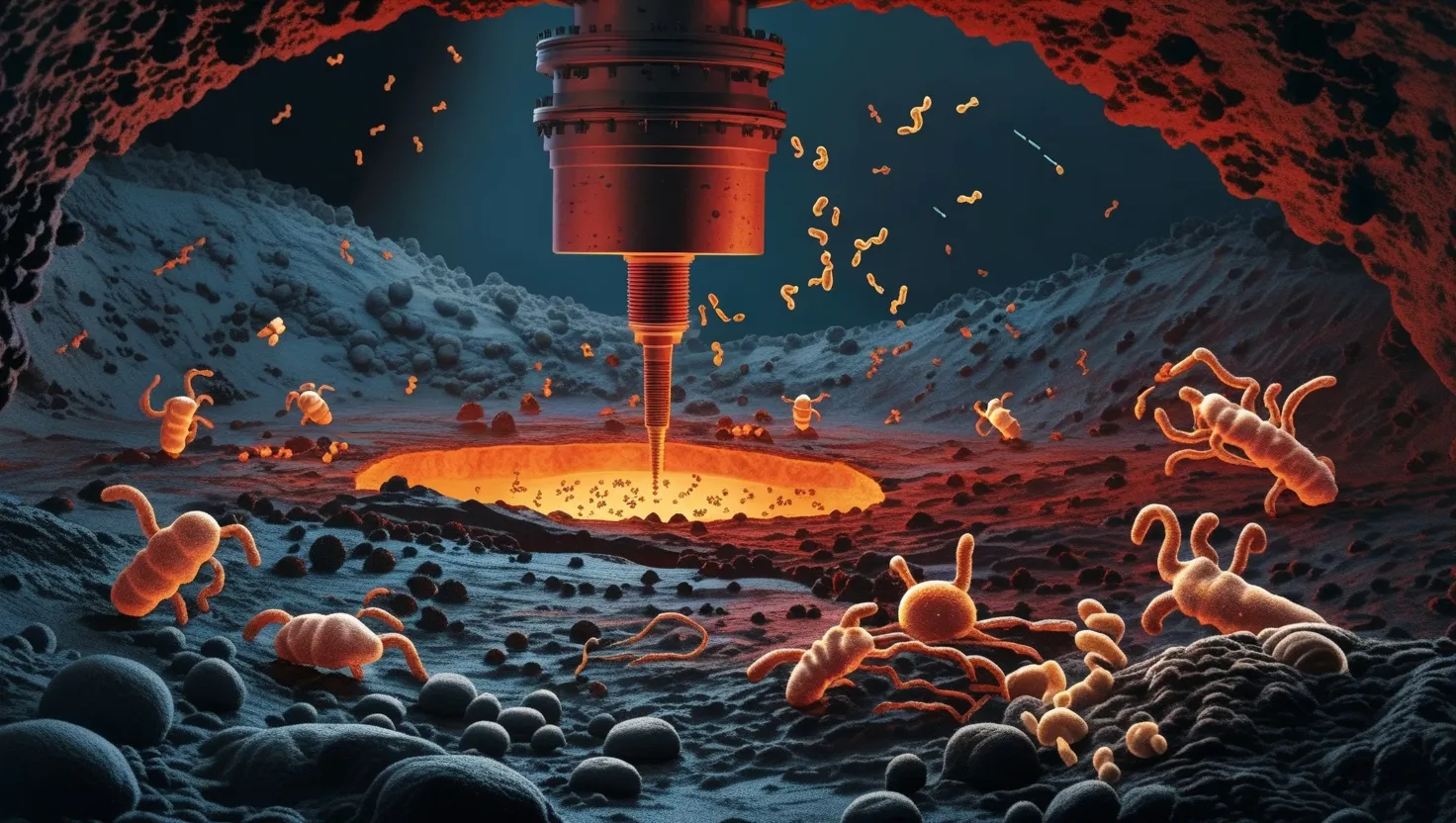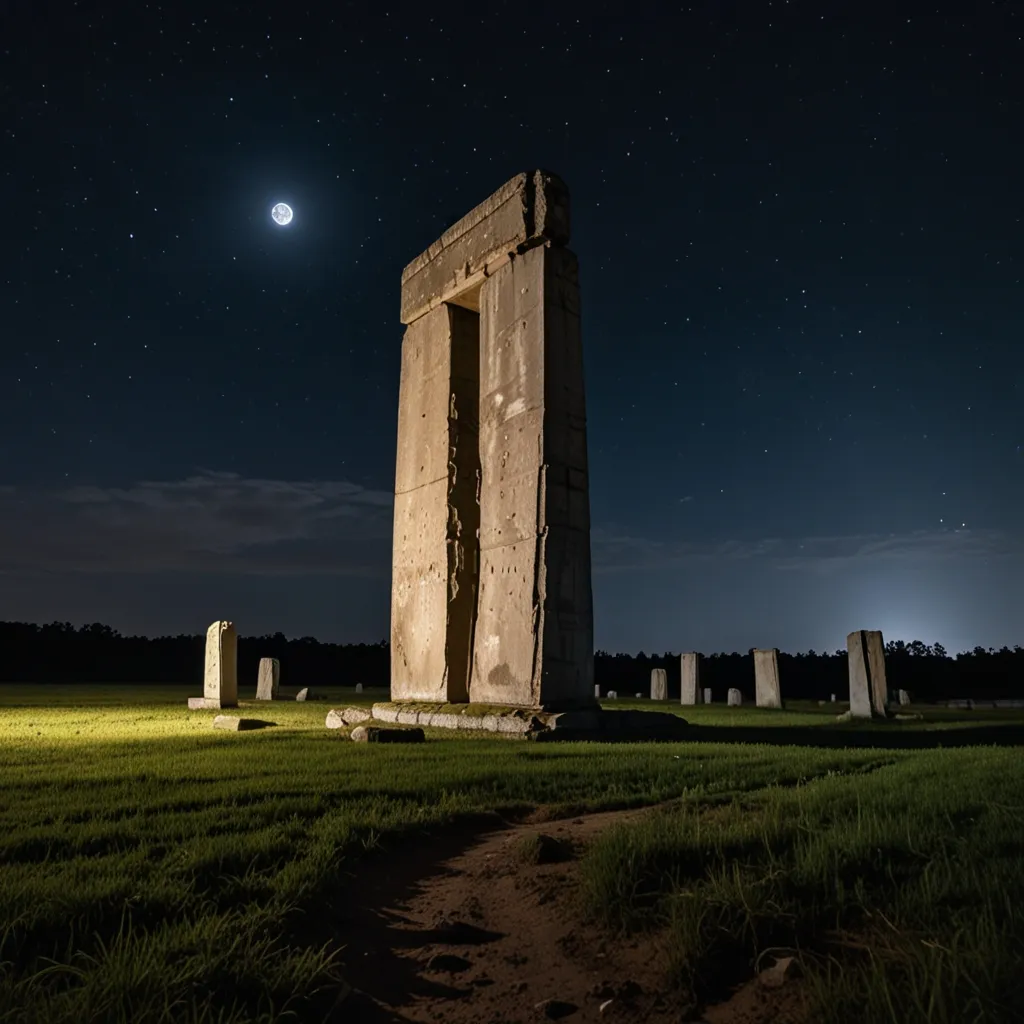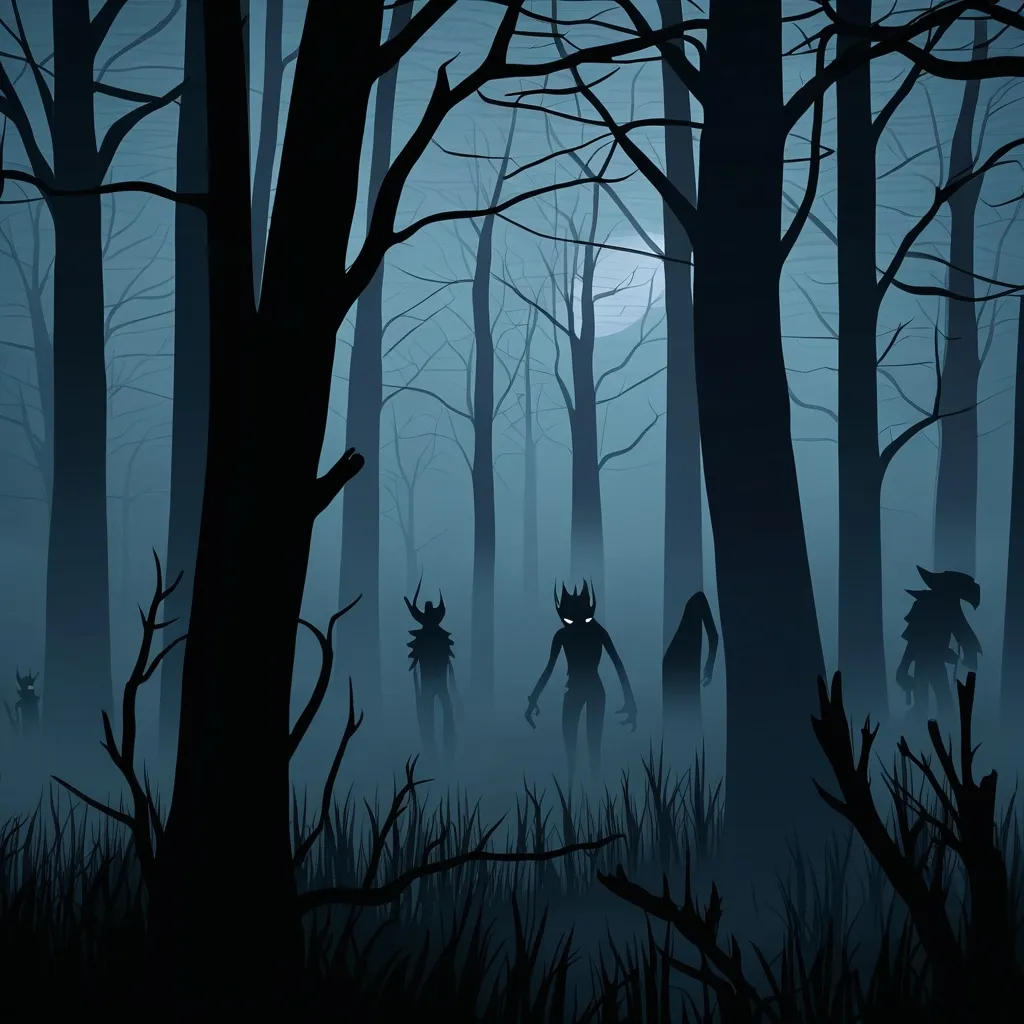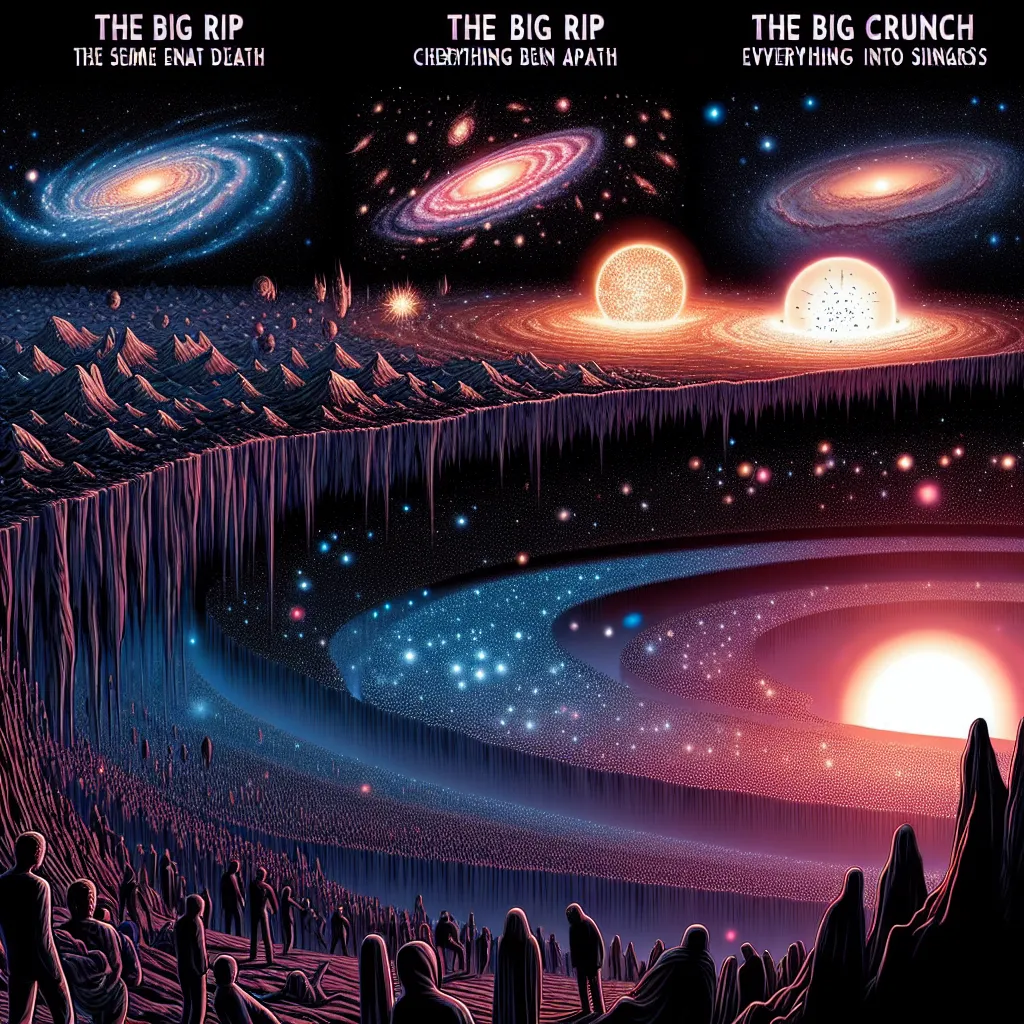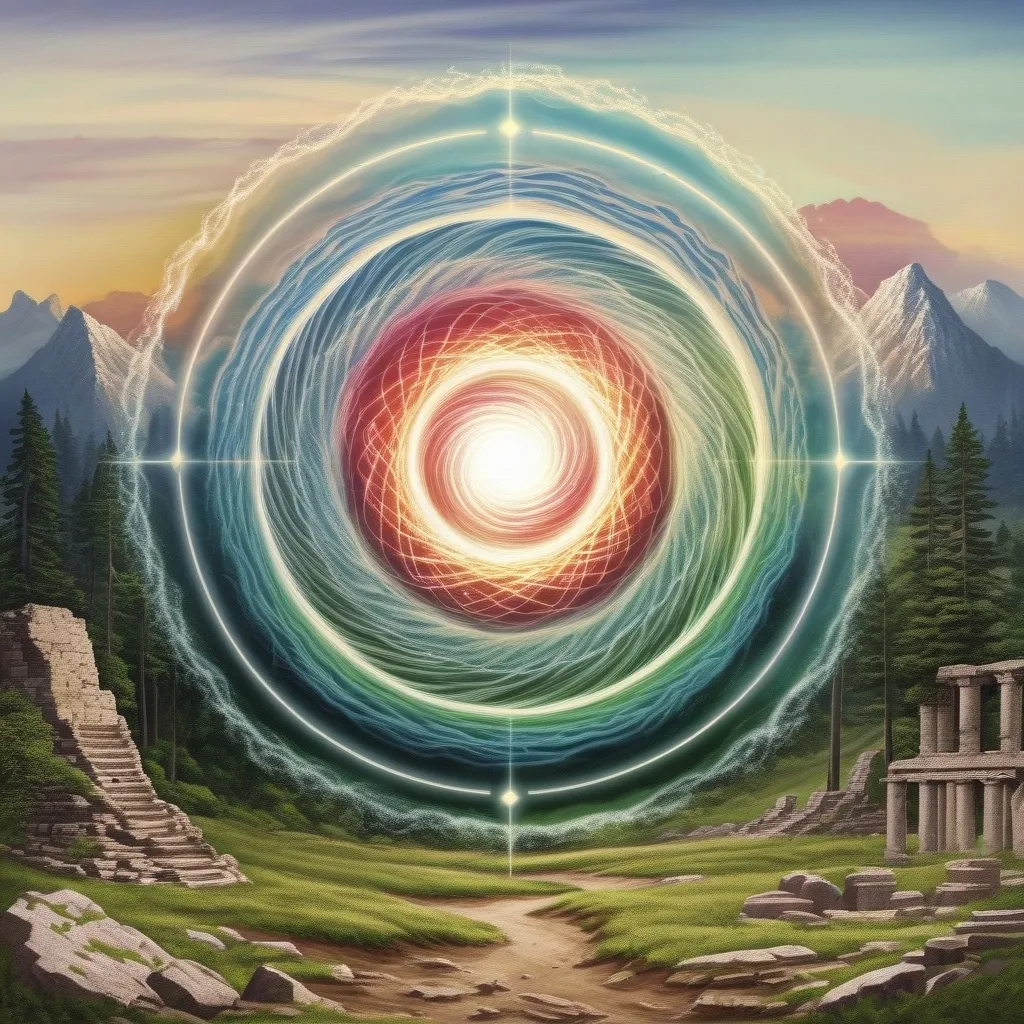The Kola Superdeep Borehole stands as a testament to human curiosity and scientific ambition. This Soviet-era project, initiated in 1970, aimed to penetrate deeper into Earth’s crust than ever before. Little did the researchers know that their quest would unearth a biological enigma that continues to perplex scientists to this day.
As I delved into the findings from this extraordinary endeavor, I couldn’t help but marvel at the resilience of life. The microbes discovered in the depths of the Kola borehole challenge our very understanding of what it means to be alive. These tiny organisms, thriving in conditions we once thought inhospitable, force us to reconsider the boundaries of life itself.
The story of these microbes begins nearly 7,000 meters below the Earth’s surface. Here, in an environment of crushing pressure and searing heat, researchers extracted core samples that would rewrite textbooks. The discovery of living organisms at such depths was unexpected, to say the least. But what truly sets these microbes apart is their genetic makeup.
Imagine finding a creature with DNA unlike anything else on Earth. That’s precisely what scientists encountered when they analyzed these deep-dwelling microorganisms. Their genetic sequences contain elements that are entirely foreign to life as we know it. It’s as if these microbes are visitors from another world, or perhaps more accurately, another time.
“Life finds a way,” Dr. Ian Malcolm famously quipped in Jurassic Park. But even he might be taken aback by the sheer audacity of these microbes’ existence. Their ability to withstand radiation levels that would obliterate surface life is nothing short of miraculous. How do they do it? The answer lies in their unique cellular repair mechanisms, which operate through biochemical pathways that harken back to Earth’s earliest days.
This raises an intriguing question: Are these microbes living fossils, preserving life as it existed billions of years ago?
The age of these organisms, estimated at a staggering 2.5 billion years, initially met with skepticism. How could life remain unchanged for so long, especially in such extreme conditions? Yet, as multiple labs confirmed these findings, the scientific community had to grapple with a new reality. These microbes have seemingly defied the very principles of evolution we hold dear.
I find myself wondering about the implications of this discovery. If life can persist in such inhospitable environments on Earth, what does this mean for the possibility of life on other planets? Could similar organisms be lurking beneath the surface of Mars or the icy moons of Jupiter?
The Kola Superdeep Borehole microbes have opened up a new frontier in microbiology and astrobiology. Their existence challenges us to think beyond our conventional understanding of life’s requirements. These organisms metabolize inorganic compounds through processes we’re only beginning to comprehend. It’s a reminder that life’s ingenuity knows no bounds.
“The most incomprehensible thing about the world is that it is comprehensible,” Albert Einstein once said. Yet, these microbes seem to push the limits of our comprehension. They force us to question our assumptions about the depth of Earth’s biosphere and the environmental limits of life.
As research continues, I can’t help but feel a sense of excitement about what else we might discover. These ancient microbes could hold the key to understanding the origins of life on Earth and its potential elsewhere in the universe. They remind us that our planet still holds secrets, waiting to be uncovered by those bold enough to look.
What other mysteries might be hiding in the depths of our world? How might the study of these extreme-dwelling organisms change our approach to searching for life beyond Earth?
The Kola Superdeep Borehole project may have ended, but its legacy lives on in these remarkable microorganisms. They stand as a testament to life’s tenacity and adaptability. In a world where we often feel we’ve discovered everything there is to know, these tiny creatures remind us that the greatest discoveries may still lie ahead.
As we continue to explore the depths of our planet and the vastness of space, let’s carry with us the lesson of the Kola microbes. Life, in all its forms, has the potential to surprise and inspire us. It challenges our preconceptions and pushes the boundaries of what we believe possible.
“The important thing is not to stop questioning,” Einstein also said. And indeed, the discovery of these microbes has sparked a new wave of questions in the scientific community. How did they survive for so long in isolation? What can their unique genetic makeup teach us about the evolution of life on Earth? Could their radiation resistance mechanisms have applications in medicine or space exploration?
The story of the Kola Superdeep Borehole microbes is far from over. It’s a reminder that sometimes, the most groundbreaking discoveries come not from looking up at the stars, but from peering into the depths of our own world. As we continue to unravel the mysteries of these extraordinary organisms, who knows what other wonders we might find?
In the end, perhaps the greatest lesson from this discovery is one of humility. Just when we think we understand the limits of life, nature reveals a new dimension of possibility. It’s a humbling reminder of how much we have yet to learn about our own planet and the life it harbors.
So, the next time you look at a handful of soil or a rock formation, remember the Kola microbes. Who knows what secrets might be hiding just beneath the surface, waiting for curious minds to uncover them?
